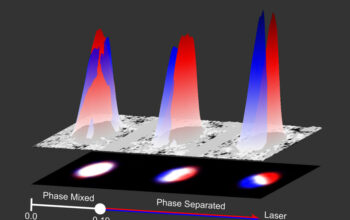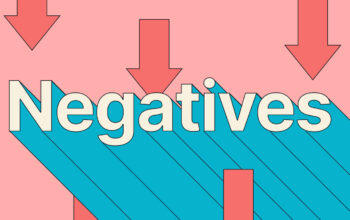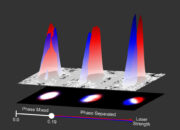In an era characterized by an incessant influx of information, the quest for efficient data storage has evolved into a formidable battle. The exponential growth of digital content has turned data storage into a veritable labyrinth, where the right solutions can either illuminate the way forward or lead to ever-increasing complexity. This transformative journey has ushered in a plethora of innovations, fundamentally altering how we conceive of data storage.
The landscape of data storage is akin to an intricate ecosystem, a microcosm of interrelated components each playing a vital role in the overall functionality. Recently, advancements in data compression techniques have emerged as pivotal players in this ecosystem. These methodologies serve as both alchemists and architects, transmuting unwieldy datasets into manageable forms while preserving their intrinsic value. It is as if they are skilled sculptors, chiseling away the superfluous marble to reveal the immaculate statue concealed within.
Compression algorithms, which can be likened to sophisticated linguistic curators, sift through data to extract salient features, thereby enabling a more compact representation. This reduction occurs without compromising the fidelity of the original information, akin to distilling a rich wine into a potent essence. Various methodologies—lossless and lossy compression techniques—offer different balances of fidelity and size, ensuring that practitioners have a versatile toolkit at their disposal. Lossless techniques allow for perfect reconstruction, vital in cases where precision is paramount, while lossy methods can afford to sacrifice minutiae for significantly decreased storage requirements.
The practical implications of these advancements cannot be overstated. In a world largely governed by immediacy and accessibility, smaller and more efficient data storage means faster retrieval times and the potential for enhanced user experience. Consider the contrast between a vast library replete with bound volumes and the burgeoning digital repository that can house millions of manuscripts on a single device. The shift towards digital storage is emblematic of a broader trend towards minimalism—comfortably merging utility with elegance.
Moreover, the advent of cloud computing has further amplified the impact of innovative storage solutions. The cloud represents not just a technological feat, but rather a philosophical paradigm shift in how we perceive data ownership and accessibility. The analogy of the cloud as an expansive digital ocean provides a fitting metaphor; limitless in breadth yet elusive, accessible only through the right navigator—be it an individual or an organization. This newfound autonomy translates into a level of accessibility previously inconceivable, democratizing information on a global scale.
As data becomes more compact, it often simultaneously becomes more potent and versatile. It compels us to rethink the very nature of data itself. The term “data” once conjured images of static files lodged within the confines of a hard drive. Today, it embodies dynamic, living entities that can be manipulated, shared, and repurposed in various contexts. In this sense, data has transcended its former role; it is now a fluid medium that embodies possibilities akin to clay, molded and recast to fit diverse purposes.
This evolution also extends to physical storage mediums. The trajectory of hard drives has moved from spinning disks to solid-state drives (SSDs), akin to the transformation from steam engines to cutting-edge electric engines. SSDs have revolutionized storage mechanisms, providing lightning-fast access, durability, and reduced power consumption. The resultant speed not only expedites operations but also enhances overall system performance, optimizing productivity dynamics across a myriad of domains.
In the same vein, the emergence of innovative non-volatile memory technologies—such as 3D NAND and other next-generation storage solutions—continues to push the boundaries of what is possible. These modern marvels allow data to be stored vertically, stacking layers like a well-constructed urban skyline, paving the way for higher densities and improved access speeds. Such architectural ingenuity embodies a paradigm of efficiency reminiscent of the most sophisticated assembly lines in manufacturing.
The implications of these advancements extend far beyond mere utility; they beckon the onset of a new consciousness surrounding our relationship with data. As we navigate this compacted landscape, it becomes essential to cultivate a newfound reverence for data management. Just as architects endeavor to create structures that are both aesthetically pleasing and functional, the modern data steward must aim to exhibit a similar duality—seeking efficiency while honoring the innate complexities of the information itself.
As society continues to generate an ever-increasing deluge of data, the ability to harness this potential is paramount. The consequences of inefficiency can manifest as anything from data breaches to hampered decision-making processes. Therefore, embracing sophisticated storage strategies, along with the philosophical shift towards viewing data as an asset rather than merely a byproduct of digital activity, is essential for continued progress in this information-driven age.
Ultimately, the road ahead is paved with challenges inherent in this digital tapestry, yet also illuminated by the promise of innovation. As we recognize the monumental strides made in data storage and compression, it is crucial to remain ever cognizant of the responsibility such power entails. Data has become not merely a resource but a keystone in the framework of modern civilization. With the tools now at our disposal, storing data has indeed become easier, smaller, and infinitely more intriguing—an invitation to explore the uncharted territories of information that lie beyond.










